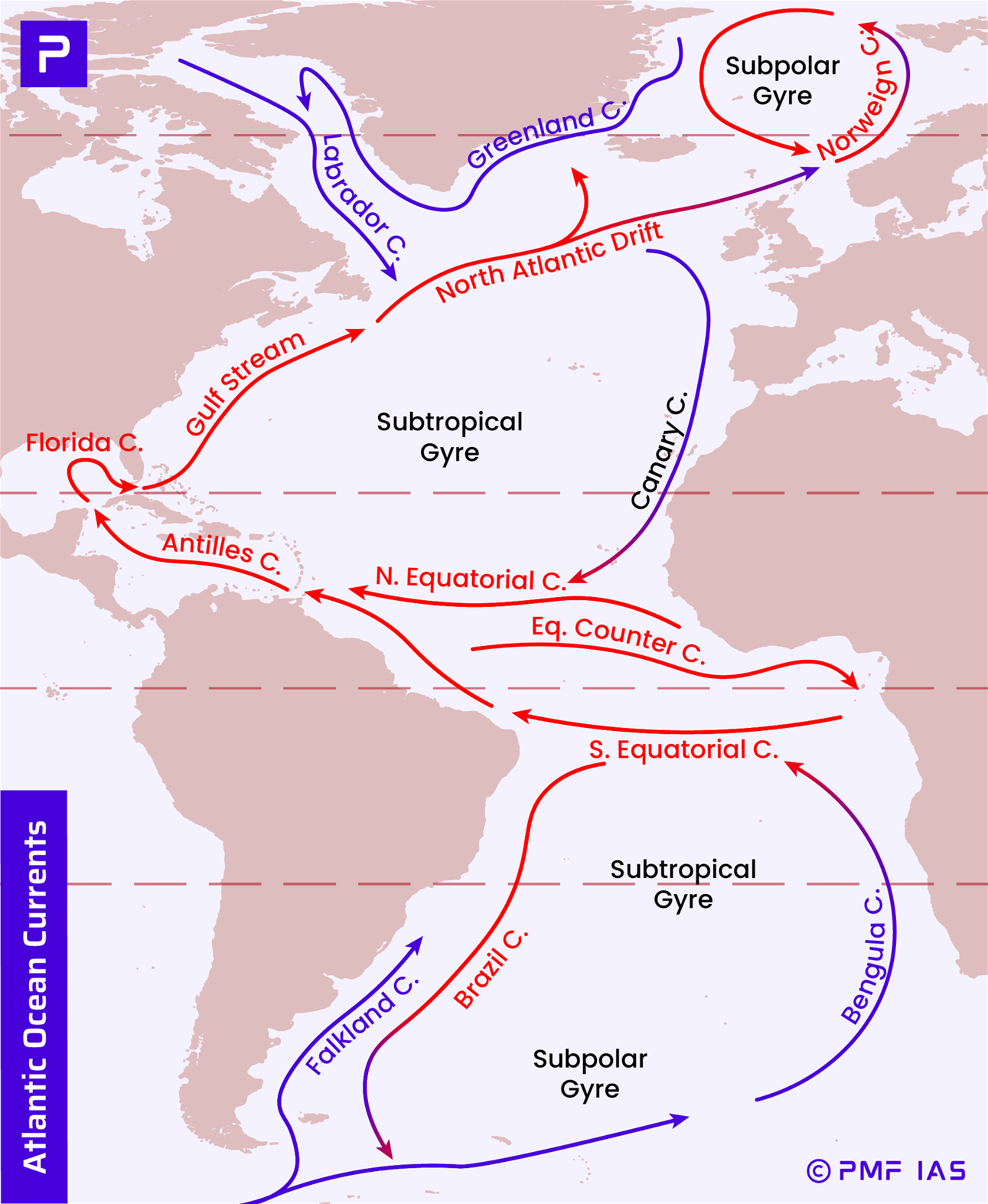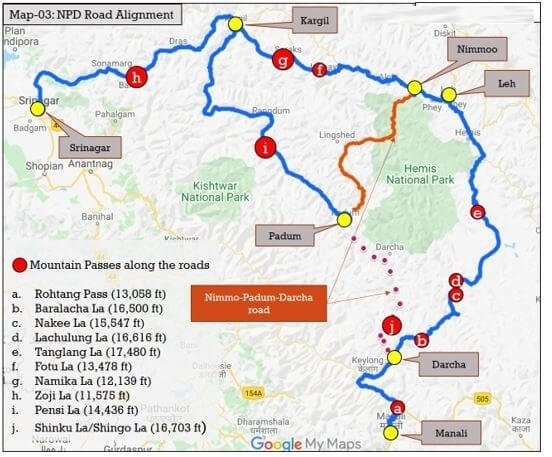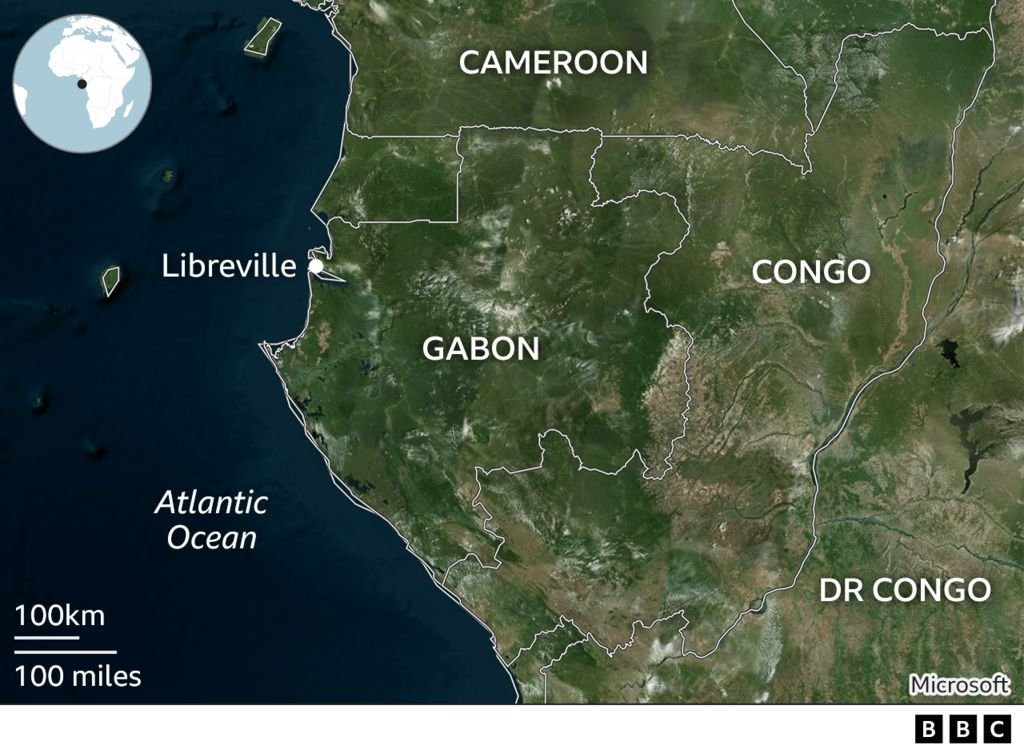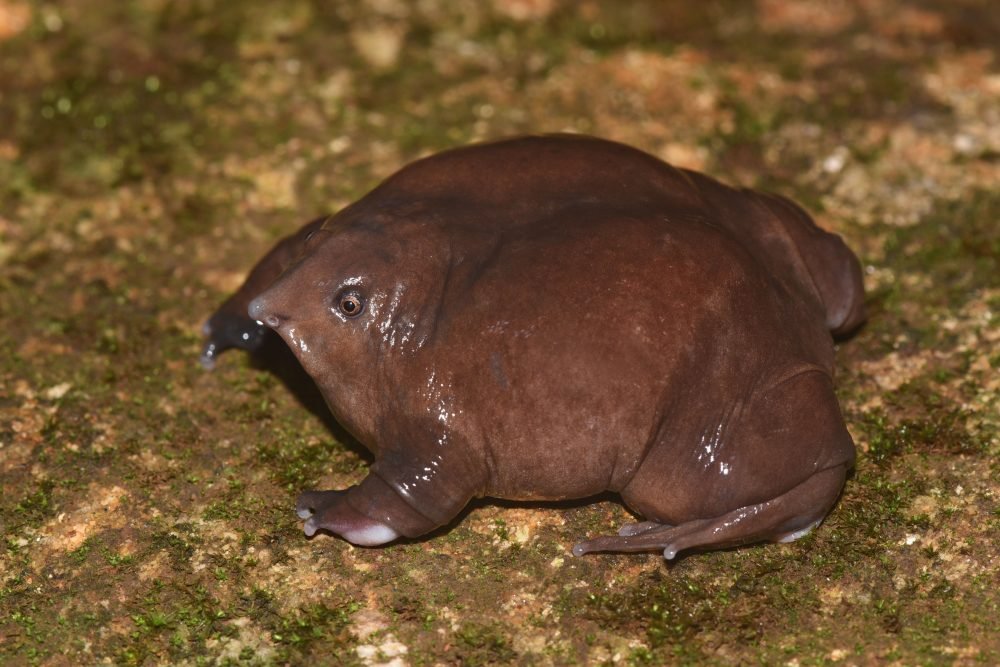
Current Affairs for UPSC Civil Services Exam – May 29, 2024
Subscribers of "Current Affairs" course can Download Daily Current Affairs in PDF/DOC
Subscribe to Never Miss an Important Update! Assured Discounts on New Products!
Must Join PMF IAS Telegram Channel & PMF IAS History Telegram Channel
{GS1 – A&C – Architecture} Virupaksha Temple
- Context (IE): A portion of the Virupaksha temple’s pavilion collapsed following torrential rains.
- The pavilion was constructed using stone pillars. According to ASI officials, the pillars’ condition has deteriorated because of natural phenomena such as rain over a long period.

Credit: Britannica
- Virupaksha Temple is located in Hampi, in the Vijayanagara district of Karnataka, on the south bank of the river Tungabadra.
- The temple is originally believed to have been built by the Chalukyas in the 7th century and was enlarged later with the establishment of the Vijayanagara Empire, under which it flourished.
- The temple is dedicated to Lord Shiva, known here as Virupaksha/Pampa pathi (worshipped in the form of linga), as the consort of the local goddess Pampadevi, who is associated with the Tungabhadra River. It is also otherwise known as Pampapathi temple.
- It is a prime example of Dravidian temple architecture, characterised by its grand gopurams (towering gateways), the shikhara towering over the sanctum sanctorum, its intricate carvings and pillared halls.
- There is the usage of mathematical concepts in its construction and decoration. The repeated patterns in the construction depict the concept of fractals.
- It is part of the Group of Monuments at Hampi, designated as a UNESCO World Heritage Site. The temple is dedicated to Sri Virupaksha.
{GS1 – Geo – PG – Climatology} Rising Heat Stress in India’s Megacities
- Context (IE): Delhi, Mumbai, Chennai, Bengaluru, Kolkata, and Hyderabad face increasing heat stress.
- The combination of rising air and land surface temperatures and high relative humidity has increased the heat index and heat stress in these cities over the past two decades.
- These cities are also experiencing warmer nights as land surface temperatures are not falling at the same rate as a decade ago.
Impacts on Health
- High night temperatures prevent recovery from daytime heat.
- High heat and humidity hinder sweating, the body’s natural cooling mechanism. This can make people sick or even be fatal, even at lower ambient temperatures.
Recommendations for Heat Management
- Assess heat trends for effective heat management plans.
- Implement emergency measures during heatwaves to protect public health.
- Develop long-term strategies: increase green areas, improve building thermal comfort, and reduce waste heat from vehicles, air conditioners, and industries.
Heat Stress
Heat Index
Types of HumidityAbsolute Humidity
Specific Humidity
Relative Humidity (RH)
Urban Heat Island Effect
|
{GS2 – IR – Middle East} UAE’s Golden Visa
- Context (IE): Legendary actor Rajinikanth recently received the UAE’s prestigious Golden Visa from the Department of Culture and Tourism.
Eligibility
- Skilled professionals, entrepreneurs, investors with some minimum threshold;
- Students from prestigious universities and talented individuals with exceptional skills or achievements in various fields like science, arts, culture, etc.
Key features of Golden Visa
- Long-term residency: Offers residence permits valid for either 5 or 10 years with the option to renew.
- No sponsor required: Unlike traditional UAE residency visas, the Golden Visa does not require sponsorship from a local employer. Moreover, it provides the right to sponsor family members and an unlimited number of domestic help.
- Freedom to Work: The ability to live and work in the UAE without a separate work permit.
Refer to UAE Visa to know more.
{GS2 – Polity – IC – Elections} Judicial Intervention and Article 329(b) *
- Context (TP): The SC agreed with the Election Commission (EC) that Article 329(b) barred judicial intervention and adjourned ADR’s plea to direct the EC to publish turnout data.
- The ADR filed an application asking the EC to publish booth-wise voter turnout and Form 17C vote tallies online within 48 hours of each Lok Sabha polling phase.
- EC invoked Article 329(b) because, in its view, the application filed by the ADR amounted to questioning the electoral process while it was on.
- According to the EC, this could only be done under a statutory framework, as envisaged in Article 329(b), which is filing an election petition under the RPA, 1951.
What is Article 329(b)
- It is enshrined in Part XV of the IC, articles 324-329 specifically discuss elections.
- Article 329, which has two clauses, concerns itself with the role of the judiciary in electoral matters.
Article 329 (a)
- The “judiciary is not allowed to challenge the constitutionality of laws relating to the boundaries of electoral districts or the allocation of seats.
Article 329 (b)
- Any challenges to the conduct or results of elections to the Houses of Parliament or state legislatures must be made through a designated legal process that is referred to as an “election petition”.
- The 1966 Constitution (19th Amendment) Act refined Article 329(b), stating that election inquiries must be addressed through election petitions to the designated authority.
- The RPA, 1951 empowers HCs to decide election petitions, with decisions appealable to the SC.
Court Judgements on Art 329 (b) & Judicial Intervention
SC in K. Venkatachalam vs A.Swamickan, 1999
- Article 329(b) is inapplicable if the matter pertains to Articles 191 and 193, which deal with disqualifications and penalties related to parliamentary and legislative assembly membership, respectively.
- It further held that the word “election” would include every process of proceedings after the issuance of election notification.
SC in Inderjit Barua vs ECI, 1985
- Excluded electoral roll preparation from the definition of “election.” It further said that no election could be challenged on the grounds of defects in electoral rolls.
Gujarat HC in N.C. Patel vs State of Gujarat, 2007
- It affirmed that election petitions can only be filed under the RPA, 1951, and not by way of a writ petition.
Allahabad HC in Hari Krishna Lal vs Atal Bihari Bajpai, 2002
- Only candidates officially recognised by the EC are eligible to file election petitions.
- By merely filing a nomination paper, a person does not become a duly nominated candidate.
- A candidate becomes a nominated candidate when the EC recognises him to be a valid candidate fulfilling all the statutory obligations.
{GS3 – Envi – CC} Wet Bulb Temperature *
- The Dry bulb, Wet bulb and Dew point temperatures help understand the state of humid air.
What is the Wet bulb temperature?
- It is also known as “isobaric wet-bulb temperature,” “thermodynamic wet-bulb temperature,” and “adiabatic saturation temperature.”
- Wet bulb temperature is a meteorological term for the lowest temperature that can be reached by evaporating water into the air at constant pressure.
- It is measured by covering a thermometer bulb with a wet cloth and letting the water evaporate.
- As the water evaporates, it cools the thermometer, showing the wet bulb temperature.
- This temperature helps measure humidity affecting things like comfort, farming and weather patterns.
- Difference between Dry bulb and Wet bulb temperatures depends on the humidity of the air.
- At 100% relative humidity, the wet-bulb temperature is equal to the dry-bulb temperature; at lower humidity, the wet-bulb temperature is lower than the dry-bulb temperature.
Sate wet bulb temperature
- Internationally, the agreed-upon safe wet bulb temperature is below 30°C, and the highest limit is 35°C.
- Between 30°C and 35°C, the human body undergoes hyperthermia, in which the body temperature increases, leading to discomfort and impacts on various organs, including the brain and the heart.
- Currently, this is not captured in the IMD definition of a heatwave.
|
{GS3 – Envi – Conservation} Cultivation of unsustainable PUSA-44 rice
- Context (IE): Punjab has discouraged the cultivation of paddy varieties like PUSA-44.
- In October 2023, the Punjab government banned PUSA-44. Cultivation of other varieties, such as Peeli PUSA and Dogar PUSA, has also been discouraged.
Reasons to ban PUSA-44
- Longer growing period from sowing nursery to harvesting and need five to six extra cycles of irrigation, a concern in a scenario of severe groundwater depletion.
- Stubble burning: Grown in Kharif season, the stubble of these crops is removed by burning.
Challenges to stopping the cultivation of these varieties
- Economically attractive: Higher yield of around 32 to 36 quintals per acre against 30 to 31 quintals of the regular varieties.
- Seed availability: Even if the government banned the sale of PUSA-44 seeds, it wouldn’t significantly impact farmers because every farmer who sows them keeps the seeds for the next season.
- Dependence and mindset: In many districts, a significant portion of farmers rely on these varieties for almost 50% of the total paddy area, which cannot be accomplished overnight.
Way forward
- Alternatives: Punjab Agricultural University has recommended shorter-duration water-efficient paddy varieties with decent yields and better stubble management.
- Public awareness: Farmers are aware of the adverse effects of PUSA-44, but the need for public awareness about the benefits of short-duration varieties over longer ones is stressed.
To know more, visit > Punjab to ban PUSA-44 Paddy.
{GS3 – Envi – Degradation} Iceberg broke off from ice shelf *
- Context (IE): A large iceberg named A-83, measuring 375 square kilometres, broke off from a rift known as the “Halloween Crack”.
- Iceberg A-83 was first spotted off the Brunt Ice Shelf in the eastern Weddell Sea.
Halloween Crack
- Halloween Crack runs from an area known as McDonald Ice Rumples, where the underside of the floating ice sheet is grounded on the shallow seabed.
- It is currently stable and runs adjacent to the tip of the Brunt Ice Shelf, hanging by a narrow strip of ice.
- The Brunt Ice Shelf borders the Antarctic coast of Coats Land between Dawson-Lambton Glacier and Stancomb-Wills Glacier Tongue.

Credits: The National
|
{GS3 – IE – RBI} RBI’s new initiatives
PRAVAAH (Platform for Regulatory Application, VAlidation and AutHorisation) Portal
- It is a secure and centralised web-based portal. It allows individuals or entities to seek authorisation, license, or regulatory approval from RBI.
- Currently, it includes 60 application forms for different regulatory and supervisory departments.
- It tracks the status of applications and allows RBI to send decisions promptly.
- It enhances efficiency in granting regulatory approvals and clearances.
Retail Direct Mobile App
- Enables retail investors to participate in the government securities (G-Secs) market.
- Facilitates easy transactions via smartphones.
- Enhances the retail direct portal launched in November 2021.
Fintech Repository
- Contains information about FinTech entities, their activities, and technology uses.
- It aims to improve understanding of the sector from a regulatory perspective.
- Helps in designing appropriate policy approaches.
- Managed by the Reserve Bank Innovation Hub (RBIH), a wholly owned subsidiary of RBI.
{GS3 – S&T – AI} Europe’s AI Convention **
- Context (IE I TH): Europe’s groundbreaking AI Act, the 1st of its kind globally, will take effect next month.
- It aims to address the challenges and opportunities of AI while prioritising trust, transparency, and accountability.
About the AI Convention
- It is officially known as the Framework Convention on Artificial Intelligence and Human Rights, Democracy and the Rule of Law, which represents a significant milestone in AI governance.
- Adopted by the Council of Europe (COE), this convention addresses the pressing need for comprehensive regulation of AI.
- It will be opened for signature in Vilnius, Lithuania, on September 5, 2024, and the legislation will apply in 2026.
The Council of Europe (COE)About
CoE’s areas of concern
|
Aims and Definition
- It ensures that activities involving AI systems comply with human rights, democracy, and the rule of law.
- An AI system is a machine-based system uses input to produce predictions, content, recommendations, or decisions that influence physical and virtual environments.
- Hence, the convention’s definition of AI aligns with the EU AI Act and the OECD’s definition.
Scope of the AI Convention
- Coverage: The convention applies to all activities within the lifecycle of AI systems that could impact human rights, democracy, and the rule of law.
Public and Private Sector Responsibilities
- Public Authorities: The convention is applicable to AI activities conducted by public authorities or private entities acting on their behalf.
- Private Actors: Risks and impacts from AI activities by private entities not covered by public authorities must be addressed in alignment with the convention’s objectives and purpose.
Addressing National Security in the AI Convention
- Provisions of the convention provide broad exemptions for national security interests, research, development and testing, and national defence.
- Consequently, military applications of AI are excluded from the convention.
Balancing Flexibility and Regulation- Inclusion of Private Sector
- The inclusion of the private sector in the convention’s scope was contentious, leading to a compromise.
- Article 3(b) allows parties some flexibility in applying the convention to the private sector, preventing total exemption but accommodating national security needs.
General Obligations
- Articles 4 and 5 ensure the protection of human rights, democratic integrity, and the rule of law, requiring parties to address disinformation and deep fakes as part of their national security measures.
Flexibility for Enhanced Commitments
- Article 22 allows parties to exceed the commitments and obligations specified in the convention, encouraging further proactive measures to address national security concerns related to AI.
Protection of Core Values
- Human Rights (Article 4): The convention mandates the protection of human rights.
- Democratic Processes and Rule of Law (Article 5): It emphasises maintaining the integrity of democratic processes and respect for the rule of law.
- It restricts governments’ use of real-time biometric surveillance in public spaces to cases of certain crimes, prevention of terrorist attacks and searches for people suspected of the most serious crimes.
- Companies outside the EU who use EU customer data in their AI platforms will need to comply.
Violation of the Law
- Depending on the type of violation, fines for violations range from 7.5 million euros ($8.2 million) or 1.5% of turnover to 35 million euros or 7% of global turnover.
Significance of AI Convention
First of its own kind
- Although there are many ethical guidelines, ‘soft law’ tools, and governance principles enshrined in many documents, none of them are binding or are likely to result in a global treaty.
- There are also no ongoing negotiations for an AI treaty at the global or regional levels anywhere.
No New AI-Specific Rights
- The AI convention does not introduce new human rights specific to AI.
- Instead, it emphasises that existing human and fundamental rights, protected by international and national laws, must remain safeguarded during the application of AI systems.
Government Obligations
- It primarily directs its obligations towards governments, which are expected to implement effective remedies (Article 14) and procedural safeguards (Article 15).
Protection of Core Values
- The convention adopts a comprehensive approach to mitigate risks from AI applications regarding human rights, democracy, and the rule of law.
- This approach recognises the dynamic nature of AI technology and the challenges it presents.
Balance Between Innovation and Risk
- It strikes a crucial balance between fostering innovation in AI and addressing risks to human rights.
Comprehensive than other Global Practices
- The EU’s AI Act is more comprehensive than the USA’s light-touch voluntary compliance approach, while China’s approach aims to maintain social stability and state control.
|
Challenges
- Implementing the convention poses challenges, especially as AI regulation frameworks are still evolving and technology advances rapidly, often outpacing existing laws and policies.
Impact of the AI Convention
- Regional Influence: The AI convention could inspire similar conventions at the regional level in other parts of the world, promoting global standards in AI governance.
- Indirect Effect on the U.S.: As the U.S. is a member of the COE, the AI convention might indirectly influence AI governance in the U.S., which is significant given its status as a hub for AI innovation.
- European Values and Norms: A potential downside is that the AI convention might appear heavily influenced by European values in technology governance, leading to perceptions of bias.
Framework Convention
Protocols
Significance of the Framework Convention Approach
|
{GS3 – S&T – BioTech} GM Mosquitoes to control Malaria
- Context (TH | DTE): Genetically modified mosquitoes were released in Djibouti to fight malaria.

Credit: The Guardian
- The release is part of the ‘Djibouti Friendly Mosquito Programme’ started two years ago to stop the spread of Anopheles stephensi, an invasive species of mosquito.
- Genetic modification of mosquitoes, dubbed a method that “uses mosquitoes to fight mosquitoes”, the technique involves releasing genetically engineered male mosquitoes into the wild, which then mate with females.
- The introduced gene prevents female offspring from surviving to adulthood, effectively reducing the population of malaria-transmitting mosquitoes.
- Similar technology has been successfully used in Brazil, the Cayman Islands, Panama, and India.
Epidemics driven by pathogens, hosts and vectors invading new areas: Examples |
About Anopheles Mosquitoes
- Aedes mosquitoes transmit viral diseases; Anopheles mosquitoes transmit malaria.
- Only 30-40 out of 500 species spread malaria.
- Common species that transmit malaria in Africa: Anopheles gambiae, An. arabiensis, and An. funestus.
- An. gambiae caused a malaria epidemic in Brazil in the 1930s. After a highly coordinated and resource-intensive effort, it was eventually eliminated from Brazil in the 1940s.
Anopheles stephensi
- It is a malaria vector native to South Asia. It had migrated to Africa from South Asia and the Arabian Peninsula.
- Transmits Plasmodium falciparum and P. vivax (Parasites).
- Unlike other malaria-carrying mosquitoes in Africa that primarily breed in rural areas, Anopheles stephensi is well adapted to the urban environment.
- It bites both during the day and at night and is resistant to chemical insecticides.
Recommendations
- Strengthen entomological surveillance & share new information promptly.
- Implement integrated vector control measures.
- Invest in novel vector control methods for outdoor-biting mosquitoes.
- Educate communities on proper water storage and eliminate breeding sites.
- South America’s policies on reducing Aedes breeding areas could be adapted for Africa.
- Combine clinical care, vector control, and community awareness.
{GS3 – S&T – Space} Astronomical transients
- Context (TH): Shrinivas Kulkarni (Indian-American astronomer) was awarded the Shaw Prize for Astronomy in 2024. He was recognised for his work on the physics of astronomical transients.
- A transient is a celestial object with brightness changes in short time spans. They are linked to violent phenomena. Astronomers study transients to learn about their causes and related non-transient events.
Types of Astronomical Transients
Supernovae
- Occurs when large stars blow up their outer layers. The core of the star implodes due to a lack of fusion elements. It can become brighter than the rest of its host galaxy combined.
Active Galactic Nucleus (AGN)
- Found in the centres of massive galaxies. Hosts supermassive black holes that actively consume matter. Interactions cause matter to glow with changing brightness.
Fast Radio Burst (FRB)
- Discovered in 2007. Emits more than 10 times the Sun’s energy in a few milliseconds. Hundreds of FRBs have been found, but their cause is unknown.
To know more, visit Fast Radio Burst (FRB).
{GS3 – S&T – Space} Volcanic activity on Venus
- Context (IE | IE): Recent findings from NASA’s Magellan mission reveal ongoing volcanic activity on Venus, marking the second instance of direct evidence of such activity on the planet’s surface.
- The discovery builds on the discovery of images from Magellan’s synthetic aperture radar.
- The radar images revealed long, sinuous features appearing between the western slopes of Sif Mons, a large shield volcano, and Niobe Planitia, a flat region dotted with volcanic vents.
- Data revealed that radar signal strength increased along certain paths during the later orbits, which suggested the formation of new rock, most likely solidified lava from volcanic activity that occurred during the two-year period.
- The discovery of recent volcanism on Venus provides valuable insight into the planet’s history and why it took a different evolutionary path than Earth.
About Magellan Mission
- The Magellan mission was a deep space mission launched by NASA in 1989 to explore Venus.
- It was named after the Portuguese explorer Ferdinand Magellan, the 1st to circumnavigate the Earth.
- The primary goal of the Magellan mission was to map the surface of Venus using radar imaging with a synthetic aperture radar (SAR), as the thick atmosphere of the planet made visual observation difficult, and to determine the topographic relief of the planet.
Other NASA Mission to Venus
DAVINCI Mission
- The DAVINCI (Deep Atmosphere Venus Investigation of Noble gasses, Chemistry, and Imaging) mission aims to investigate Venus’ atmosphere-climate system and shed new light on the scorching planet’s potentially habitable past.
- It will be the first mission to Venus to incorporate science-driven fly-bys and an instrumented descent sphere into a unified architecture.
- It is tentatively scheduled to launch June 2029 and enter the Venus’ atmosphere in June 2031.
- It is part of NASA’s Discovery Program.
VERITAS Mission
- VERITAS is short for ‘Venus Emissivity, Radio Science, InSAR, Topography, and Spectroscopy’.
- It will orbit Venus with a radar that will help to create a three-dimensional reconstruction of its topography, which might reveal whether processes such as plate tectonics and volcanism are still active.
- VERITAS’ radar will map Venus’ entire surface with at least three times higher resolution than NASA’s previous Venus mapper, Magellan.
- It is part of NASA’s Discovery Program and is scheduled to be launched no earlier than 2031.
Learn in detail about Shukrayaan-1 and Other Venus Missions.
{Prelims – In News} Evacuation Slides
- Context (IE): As the Indigo flight received a bomb threat, the passengers onboard the flight were evacuated with the help of ‘evacuation slides’.

Credit: EAM Worldwide
- An evacuation slide is an inflatable slide that allows passengers to safely exit the flight during an emergency, especially when the flight door is high above the ground.
- The evacuation slides are made from carbon fibres and nylon coated with urethane for fire resistance.
- They are inflated with the help of high-pressure gas carbon dioxide or nitrogen gas containers and ambient air through suction machines.
- An evacuation slide must be deployed when the distance between the ground and the flight exit door is six feet or more.
Types of Evacuation slide
- Inflatable slide: It helps passengers descend to the ground from an aircraft exit door.
- Inflatable slide/raft: It works the same as a slide but can also be used as a life raft in case the aircraft has to land on water.
- Inflatable exit ramp: It is installed to help passengers move from certain overwing exits (or aircraft emergency exits) to the wings if that path looks better for reaching the ground.
- Inflatable exit ramp/slide: This device, which is a combination ramp and wing-to-ground device, assists in descending from an overwing exit or aeroplane wing to the ground.
{Prelims – Sci – Bio – Diseases} Microcephaly *
- Context (TH): Recent research by the Maternity and Child Health Care Hospital of Nantong University, China, have confirmed the role of the SASS6 gene in microcephaly.
- Findings: If one copy of the SASS6 gene is non-functional, the other retains some function. If both copies are non-functional, the embryo dies before becoming a foetus.
Microcephaly

Credit: MCH hospital
- It is a condition in which a baby’s head is much smaller than normal.
- Symptoms: Small brain, poor motor function & speech, abnormal facial features, intellectual disability.
- Why it happens?: During the peak phase of brain development in the embryo, cells that become neurons fail to divide normally.
- Possible Causes
- Infections during pregnancy: Toxoplasmosis (caused by a parasite found in undercooked meat), campylobacter pylori, rubella, herpes, syphilis, cytomegalovirus, HIV and Zika Virus.
- Exposure to toxic chemicals like arsenic and mercury, alcohol, radiation and smoking.
- Genetic abnormalities such as Down syndrome.
- Severe malnutrition during fetal life.
- Related Gene: The SASS6 gene and its variants have been linked to microcephaly since 2014.
- Diagnosis: Can be diagnosed before birth using fetal ultrasound and MRI.
About the SASS6 gene
- In 2004, researchers found the SASS6 gene in the roundworm Caenorhabditis elegans. These genes contain instructions for cells to make structures called centrioles.
- It encodes a protein with 657 amino acids. This protein assembles new centrioles during cell division. The protein made by this gene exists across animals.
- An individual with a slightly defective SASS6 gene can survive to birth and adulthood. However, they suffer serious brain and head deficits and intellectual disability.
- Different cell types tolerate deficits in centriole composition and function differently. Cells destined to become neurons are the least tolerant of imperfect centrioles.







![PMF IAS Environment for UPSC 2022-23 [paperback] PMF IAS [Nov 30, 2021]…](http://pmfias.b-cdn.net/wp-content/uploads/2024/04/pmfiasenvironmentforupsc2022-23paperbackpmfiasnov302021.jpg)











